Gone are the days when buying a new home meant just a fresh coat of paint and a modern kitchen. In 2025, it might also mean agreeing to terms of service, checking for firmware updates, and maybe even troubleshooting a glitchy thermostat. Welcome to the era of smart homes—where your house isn’t just built, it’s programmed.
As tech continues to seep into every corner of our lives, homes are becoming less about brick and mortar and more about Wi-Fi, apps, and seamless automation. From connected appliances to voice-activated lighting, we’re quickly moving toward a future where homes evolve the same way our phones do: with updates, patches, and new features over time.
Here’s what that actually means—and why it’s both exciting and a little weird.
Your Home Is Becoming a Device
Think of your smart home like one giant, physical gadget. It’s filled with sensors, software, and connected systems all designed to talk to each other. Your doorbell sends video to your phone, your fridge reminds you to buy milk, and your blinds open with the sunrise. Like any device, these features rely on software—and that means they’re subject to regular updates. This shift turns your home into something dynamic, not static. It’s not just built once—it’s improved over time.
Updates Can Add Features, Not Just Fix Bugs
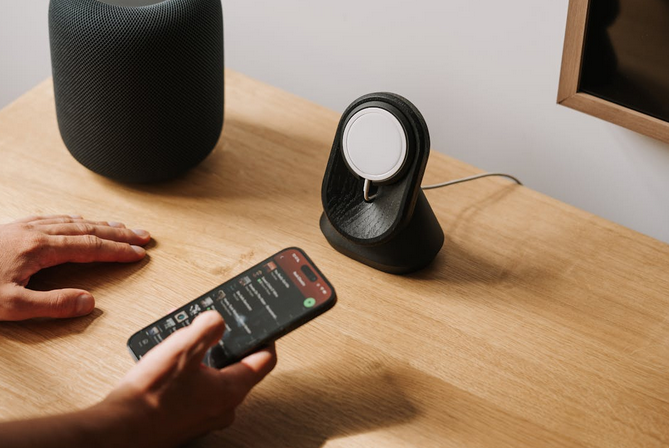
One of the perks of software-powered homes is that updates can actually make your home smarter. You might wake up one day to find your smart speaker now understands a new command or your lighting system has a new “mood mode.” These aren’t fixes—they’re upgrades. Imagine buying a house and, six months later, the oven gets a new air-fry function via a software update. That’s the kind of magic we’re talking about.
Glitches and Downtime: The New Home Maintenance
Of course, where there’s software, there are bugs. A smart thermostat might freeze up. Your smart lock might lag. Or your home security system might go temporarily offline during a firmware update. These aren’t emergencies, but they are the new version of household problems. Instead of calling a plumber, you might end up rebooting your router or calling tech support. It’s a different kind of maintenance—digital, not physical.
Customization Is Easier Than Ever
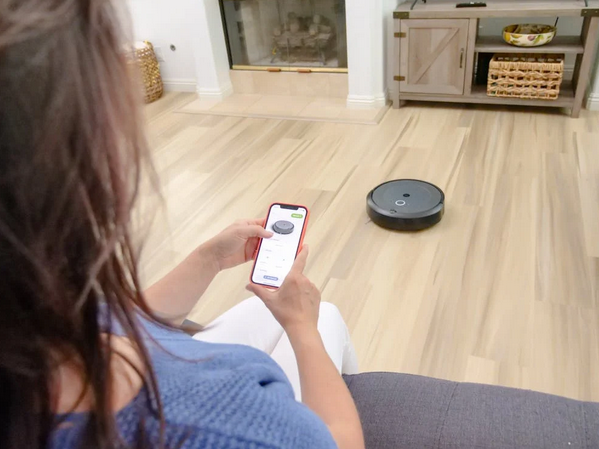
The beauty of software-driven homes is that they can be tailored to your lifestyle with just a few taps. Want lights that dim automatically when you turn on the TV? Set a scene. Want your bedroom to warm up before your alarm goes off? Program it. These systems are highly customizable, and software updates only expand what’s possible. It’s no longer just about design preferences—it’s about personalizing how your home behaves.
Privacy and Security Matter More Than Ever
Here’s the flip side: smart homes collect data. They track your habits, schedules, and preferences to serve you better—but that information has to live somewhere. With software-based homes comes the responsibility of securing them. Software updates often include critical security patches, so staying current isn’t optional—it’s essential. In this new world, protecting your home means more than locking your doors—it means updating your devices, managing permissions, and staying digitally aware.
Your next home might not just shelter you—it might listen to you, learn from you, and change with you. As technology becomes an everyday layer of domestic life, our houses are becoming smarter, more responsive, and more adaptable than ever before. But with that flexibility comes new responsibilities, from software updates to digital security.…






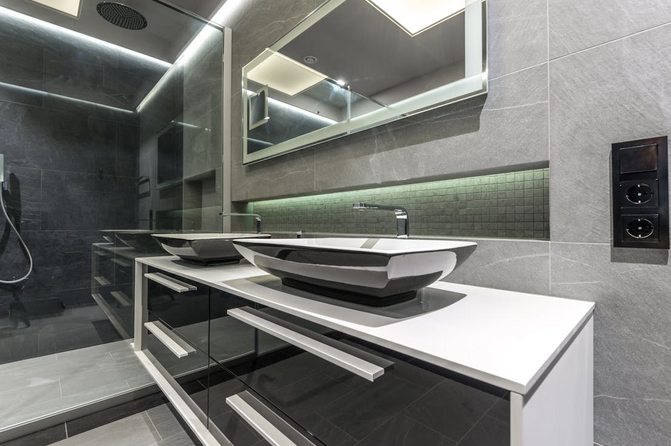

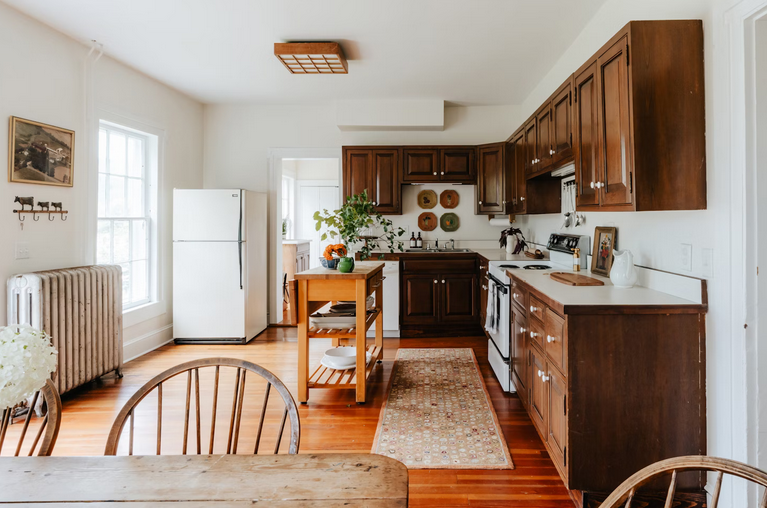


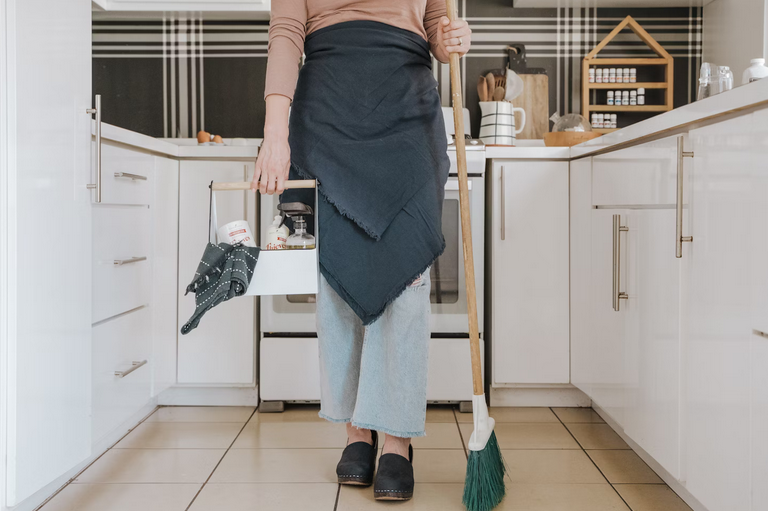
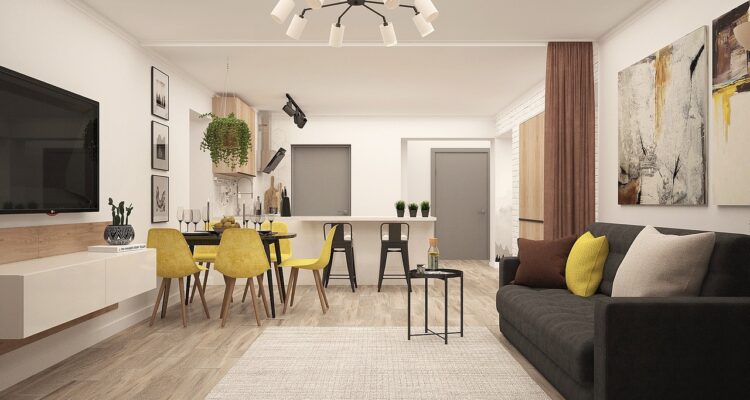
 Say goodbye to bulky furniture that only serves one purpose. Multi-functional furniture is a game-changer when maximizing space in your home. Consider investing in pieces like a sofa bed or an ottoman with hidden storage compartments. These versatile items not only save precious floor space but also add functionality to your living area. Another great option is a dining table that can double as a desk for those work-from-home days.
Say goodbye to bulky furniture that only serves one purpose. Multi-functional furniture is a game-changer when maximizing space in your home. Consider investing in pieces like a sofa bed or an ottoman with hidden storage compartments. These versatile items not only save precious floor space but also add functionality to your living area. Another great option is a dining table that can double as a desk for those work-from-home days. When it comes to maximizing space in your home without compromising style, decluttering regularly is key. It’s amazing how much more spacious and organized a room can feel when removing unnecessary items. Start by reviewing each room in your house and identifying items you no longer need or use. Be ruthless in your decision-making process – if you haven’t used something in the past year, chances are you can live without it. Invest in storage solutions that help keep clutter at bay, such as baskets, shelves, and bins. By giving everything a designated place, you’ll be less likely to let things pile up on countertops or floors.
When it comes to maximizing space in your home without compromising style, decluttering regularly is key. It’s amazing how much more spacious and organized a room can feel when removing unnecessary items. Start by reviewing each room in your house and identifying items you no longer need or use. Be ruthless in your decision-making process – if you haven’t used something in the past year, chances are you can live without it. Invest in storage solutions that help keep clutter at bay, such as baskets, shelves, and bins. By giving everything a designated place, you’ll be less likely to let things pile up on countertops or floors.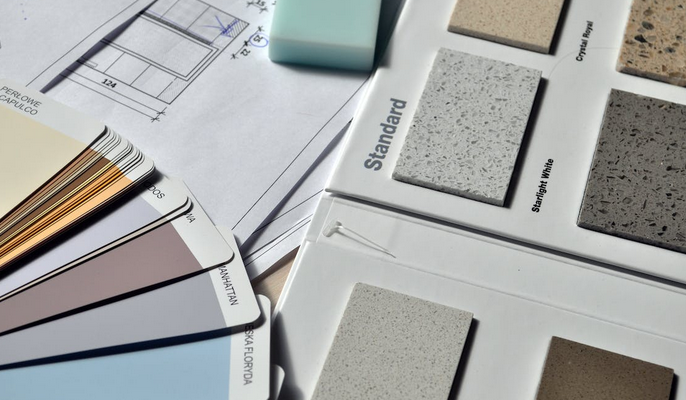
 One of the most important reasons to have your house rendered is that it can significantly increase its value. Not only does rendering make your home look newer and more attractive, but it also provides an extra layer of protection against the elements. This means that when you decide to put your property on the market, it will be worth more than before since it will be more attractive to potential buyers.
One of the most important reasons to have your house rendered is that it can significantly increase its value. Not only does rendering make your home look newer and more attractive, but it also provides an extra layer of protection against the elements. This means that when you decide to put your property on the market, it will be worth more than before since it will be more attractive to potential buyers. Finally, having your house rendered also protects you from the elements. In areas with excessive rain or high winds, rendering can significantly reduce the damage caused by these forces. This will help to keep your home looking its best for years to come, making it well worth the cost and effort.
Finally, having your house rendered also protects you from the elements. In areas with excessive rain or high winds, rendering can significantly reduce the damage caused by these forces. This will help to keep your home looking its best for years to come, making it well worth the cost and effort.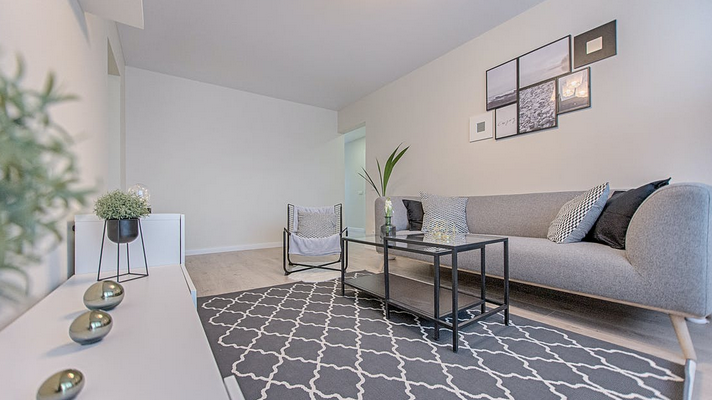
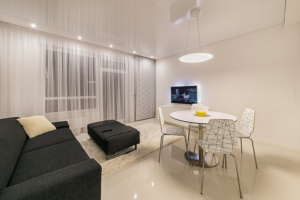 When it comes to flooring, durability is always an essential factor to consider. After all, you don’t want to have to replace your floors every few years because they’re not standing up to wear and tear. Concrete flooring is one of the most durable types of flooring on the market, so you can rest assured knowing that your floors will last for years to come.
When it comes to flooring, durability is always an essential factor to consider. After all, you don’t want to have to replace your floors every few years because they’re not standing up to wear and tear. Concrete flooring is one of the most durable types of flooring on the market, so you can rest assured knowing that your floors will last for years to come.
 One of the best things about hot water systems is that they can help save you money on your energy bills. We all want to avoid turning on our ovens and stoves in the summer as much as possible.
One of the best things about hot water systems is that they can help save you money on your energy bills. We all want to avoid turning on our ovens and stoves in the summer as much as possible. Another great thing about hot water systems is that they’re easy to use. Whether you’re using an electric or gas system, all you need to do is set the desired temperature and let the system do its job.
Another great thing about hot water systems is that they’re easy to use. Whether you’re using an electric or gas system, all you need to do is set the desired temperature and let the system do its job.
 You should ensure that you consider the experience of a lopping service before making your final decision. Tree lopping may seem like an easy task to the untrained eye, but it is not. Since it is dangerous, it is vital to have the required skill set to safely offer tree lopping services.
You should ensure that you consider the experience of a lopping service before making your final decision. Tree lopping may seem like an easy task to the untrained eye, but it is not. Since it is dangerous, it is vital to have the required skill set to safely offer tree lopping services. The second important consideration you should make before selecting any tree lopping service is the amount of money you are comfortable spending. Each homeowner will have a unique financial capability, which will be essential in determining the kind of tree lopping service suitable for you.
The second important consideration you should make before selecting any tree lopping service is the amount of money you are comfortable spending. Each homeowner will have a unique financial capability, which will be essential in determining the kind of tree lopping service suitable for you.
